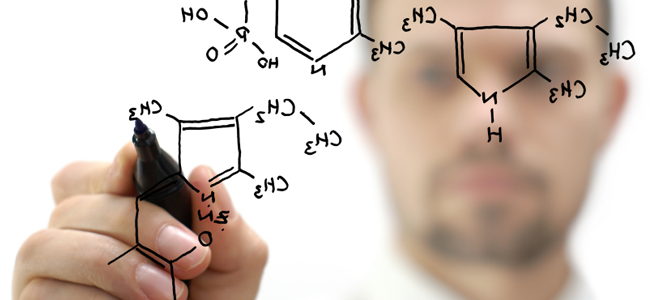DISACCHARIDE METABOLISM
- What is the primary dietary source of fructose?
- Dietary fructose is consumed primarily as the disaccharide sucrose (glucose fructose), also called table sugar. Uptake of fructose is by insulin-independent GLUT-5 and does not promote insulin release.
- What enzymatic reaction does sucrose catalyze?
- Sucrose → glucose + fructose
- Where does the majority of fructose metabolism occur?
- Liver
- What is the first step in fructose metabolism?
- Hexokinase converting fructose to fructose-6-phosphate in the muscle and kidney
- Fructokinase converting fructose to fructose-1-phosphate in the liver
- Is the rate of fructose metabolism faster or slower than that of glucose? Why?
- Fructose metabolism is faster because it bypasses the key rate-limiting enzyme of glycolysis, PFK-1
- How do the kinetics of fructokinase and glucokinase differ?
- Fructokinase has a high affi nity (low Km) for fructose and a high Vmax. Glucokinase, the hepatic hexokinase that phosphorylates glucose, has a low affinity for fructose.
- Essential fructosuria results from a deficiency in what enzyme?
- Fructokinase (which is liver specific)
- What are the symptoms of f ructosuria?
- No symptoms (benign condition) although fructose is seen in the blood and urine.
- What reaction does aldolase b (fructose-1-phosphate aldolase) catalyze?
- Fructose-1-phosphate → dihydroxyacetone phosphate (DHAP) + glyceraldehydes
- Hereditary fructose intolerance (HFI) results from a deficiency in what enzyme?
- Aldolase B
- Describe the pathophysiology behind fructose intolerance:
- The deficiency in aldolase B causes fructose-1-phosphate accumulation, thus sequestering phosphate molecules which results in decreased available phosphate (Pi trapping). This causes a decrease in the ability to phosphorylate ADP to ATP, and the decrease in ATP decreases gluconeogenesis (an endergonic process). The drop in Pi also inhibits glycogen phosphorylase. Therefore, neither gluconeogenesis nor glycogenolysis is able to maintain blood glucose (inhibition of glycogenolysis and gluconeogenesis). The AMP is degraded to uric acid, which competes with lactic acid for renal excretion, resulting in hyperuricemia and lactic acidemia.
- What are the symptoms of fructose intolerance?
- Jaundice, cirrhosis, hypoglycemia
- How is hereditary fructose intolerance treated?
- With a fructose (and sucrose)-restricted diet
- What are the possible fates of glyceraldehydes?
- Converted to glyceraldehyde-3 phosphate (an intermediate in glycolysis); reduced to glycerol (to be used in fatty acid synthesis and gluconeogenesis)
- What reaction does lactase catalyze?
- Lactose → glucose + galactose
- What is the most common type of food intolerance?
- Lactase deficiency
- Where is the main site of lactase’s action in the gastrointestinal (GI) tract?
- Small intestine
- What are the symptoms of congenital lactose intolerance?
- Explosive, frothy stools, abdominal distention in infants exposed to milk or milk products; most experience diarrhea and malabsorption
- What is the primary dietary source of galactose?
- Milk
- Treatment of lactase deficiency with dietary lactose avoidance necessitates the supplementation of what electrolyte into the diet?
- Calcium
- What is the first step in galactose metabolism?
- Galactokinase converting galactose to galactose-1-phosphate
- What is the main purpose of the aforementioned step?
- To sequester galactose within the cell because the addition of a charged phosphate group to a molecule traps it within cells
- What reaction does galactose-1-phosphate uridyltransferase catalyze?
- It is involved in the conversion of galactose-1-phosphate and UDP-glucose to glucose-1-phosphate and UDP-galactose.
- UDP-galactose epimerase converts UDP-galactose to what?
- UDP-glucose (which cycles back for the above reaction)

